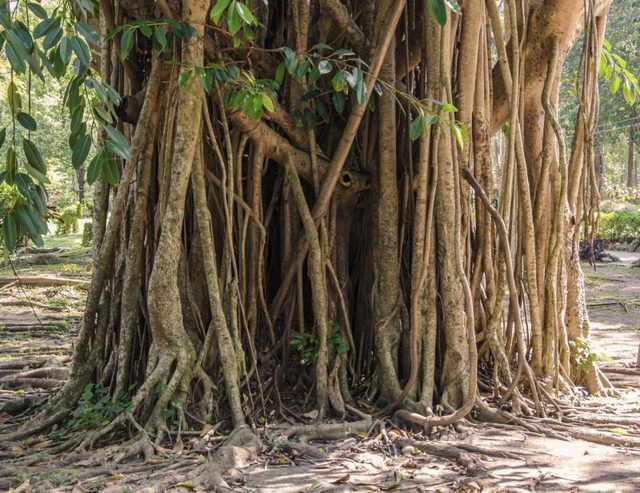Bulbs
Flower Basics
Flower Beds & Specialty Gardens
Flower Garden
Garden Furniture
Garden Gnomes
Garden Seeds
Garden Sheds
Garden Statues
Garden Tools & Supplies
Gardening Basics
Green & Organic
Groundcovers & Vines
Growing Annuals
Growing Basil
Growing Beans
Growing Berries
Growing Blueberries
Growing Cactus
Growing Corn
Growing Cotton
Growing Edibles
Growing Flowers
Growing Garlic
Growing Grapes
Growing Grass
Growing Herbs
Growing Jasmine
Growing Mint
Growing Mushrooms
Orchids
Growing Peanuts
Growing Perennials
Growing Plants
Growing Rosemary
Growing Roses
Growing Strawberries
Growing Sunflowers
Growing Thyme
Growing Tomatoes
Growing Tulips
Growing Vegetables
Herb Basics
Herb Garden
Indoor Growing
Landscaping Basics
Landscaping Patios
Landscaping Plants
Landscaping Shrubs
Landscaping Trees
Landscaping Walks & Pathways
Lawn Basics
Lawn Maintenance
Lawn Mowers
Lawn Ornaments
Lawn Planting
Lawn Tools
Outdoor Growing
Overall Landscape Planning
Pests, Weeds & Problems
Plant Basics
Rock Garden
Rose Garden
Shrubs
Soil
Specialty Gardens
Trees
Vegetable Garden
Yard Maintenance
Information on Rubber Tree Plant
Information on Rubber Tree Plant. Rubber tree (*Ficus elastica*), an evergreen native to tropical Asian climates, has multiple trunks, a wide-spreading canopy from which aerial roots often hang and surface buttress roots. It bears inconspicuous, white flowers. The tree is hardy in U.S. Department of Agriculture plant hardiness zones 10b through 11,...
Rubber tree (Ficus elastica), an evergreen native to tropical Asian climates, has multiple trunks, a wide-spreading canopy from which aerial roots often hang and surface buttress roots. It bears inconspicuous, white flowers. The tree is hardy in U.S. Department of Agriculture plant hardiness zones 10b through 11, but some of its cultivars have slightly different USDA zones.

In its native moist, hot, tropical forests, the rubber tree can grow 75 to 100 feet tall. In moist climates found in Florida, Hawaii and the Gulf of Mexico Coast, it grows 25 to 40 feet high, and its canopy spreads 25 to 30 wide. The tree retains its aerial and buttress roots in moist, warm climates.
When grown in frost-free, dry Mediterranean climates such as in California or arid climates such as in Arizona, a mature rubber tree is smaller than its counterpart in a moist, warm climate. Also, its canopy is narrower, it has fewer aerial roots and smaller buttress roots. For example, the tree may grow 5 to 25 feet tall in climates that are not the most favorable for its growth.
The rubber tree cannot tolerate temperatures below 32 F or above 115 F. It grows in partial shade or full sun, but a mature specimen tolerates only six to eight hours of full sun daily, and a rubber tree should not be exposed to the west in hot, dry climates. In those climates, it should be grown against an east- or north-facing wall.
Rubber trees were once grown as sources of natural rubber from their white, latex sap, but the sap can be troublesome when the trees are grown outdoors. Their stems and leaves drip the sap, which can stain sidewalks, patios and other surfaces.
The sap can cause skin irritation and/or serious, painful rashes. Wash your skin with soap and water after contact. If symptoms develop, call a physician or 1-800-222-1222, the national poison-control hotline run 24/7 by the National Capital Poison Center. An operator will connect you to the poison control center nearest you. If a dog or cat chews or eats the leaves or sap, the result may be diarrhea and/or vomiting. If either symptom happens, call the Pet Help Hotline at 855-764-7661.
Drooping branches of mature rubber trees require pruning to provide clearance for pedestrians and vehicles. When the trees are pruned, a tarp is required to catch staining sap dripping from cut wounds.
Rubber trees litter yards with falling leaves and fruits, requiring periodic cleanup. The 1/2-inch-diameter, green fruits do not attract birds or other animals.
Because of the way their branches grow from their trunks, and because their wood is weak, rubber trees are susceptible to wind damage.
Buttressing surface roots on rubber trees are obstacles for lawn mowers, and they can undermine sidewalks and building foundations.
Rubber trees grown indoors in pots do not have issues from litter, buttress roots or wind. Some rubber tree cultivars feature leaf variations:
'Doescheri' (Ficus elastica ‘Doescheri’) has marbled gray-green leaves with creamy-yellow midribs and green edges, and it has pink stems, making it prized for growing indoors in pots. Outdoors, it grows 20 to 30 feet tall and just as wide where it is hardy, USDA zones 10 through 11.
'Tineke' (Ficus elastica ‘Tineke’) has green and white variegated leaves with burgundy tones. It also is hardy in USDA zones 10 through 11 and grows 20 to 30 feet tall, but its spread is only 15 to 20 feet.
Variegated rubber tree (Ficus elastica ‘Variegata’) has 5- to 12-inch-long, light-green leaves with yellow or white edges. It features multiple trunks and usually grows 25 to 40 feet tall with a 20- to 30-foot-wide canopy. It is hardy in USDA zones 10b through 11, where it is usually available at plant nurseries and garden supply centers.